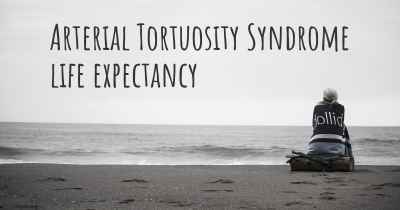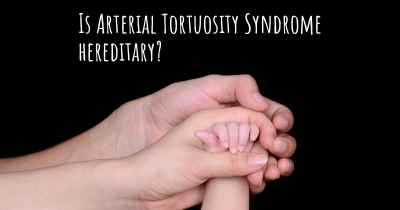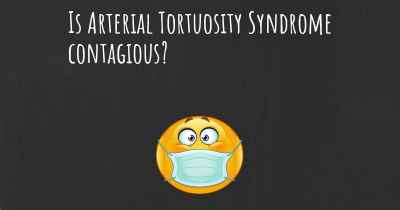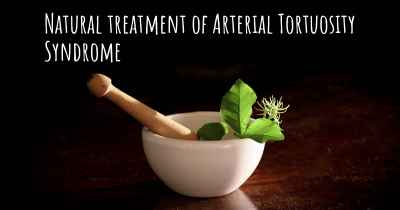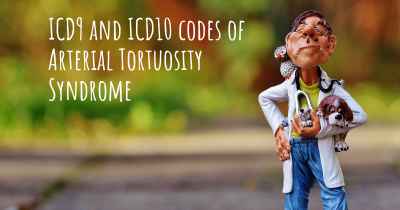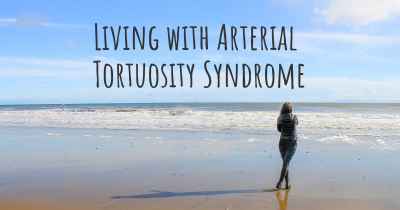What is the history of Arterial Tortuosity Syndrome?
When was Arterial Tortuosity Syndrome discovered? What is the story of this discovery? Was it coincidence or not?
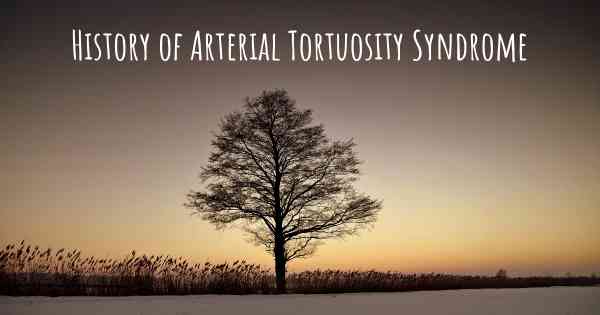
Arterial Tortuosity Syndrome (ATS) is a rare genetic disorder that affects the connective tissues of the body, leading to abnormal twisting and elongation of the arteries. This condition was first described in medical literature in 1992 by Dr. Alan G. Hall and his colleagues. Since then, several cases of ATS have been reported worldwide, providing a deeper understanding of the syndrome.
The discovery of ATS:
The initial case of ATS was reported in a 4-year-old girl who presented with severe cardiovascular abnormalities. Dr. Hall and his team conducted a thorough examination and identified the unique features of this syndrome. They observed that the patient had elongated and tortuous arteries throughout her body, leading to various complications such as hypertension, aneurysms, and vascular dissections.
Genetic basis:
Further research into ATS revealed that it is an autosomal recessive disorder, meaning that both parents must carry a mutated gene for their child to be affected. The specific gene associated with ATS is called SLC2A10, which encodes a protein called GLUT10. This protein is involved in the transport of glucose across cell membranes and plays a crucial role in maintaining the integrity of blood vessels.
Clinical features:
ATS is characterized by a wide range of clinical manifestations, affecting multiple organ systems. The most prominent feature is the abnormal tortuosity and elongation of arteries, which can be observed through imaging techniques such as angiography. This arterial tortuosity can lead to complications such as hypertension, aneurysms, and vascular dissections.
Patients with ATS may also exhibit skeletal abnormalities, such as joint hypermobility and scoliosis. Additionally, they may experience skin manifestations, including hyperelasticity and easy bruising. Some individuals with ATS may have respiratory problems, such as tracheomalacia and bronchiectasis.
Diagnosis and management:
Diagnosing ATS can be challenging due to its rarity and the variability of its clinical features. However, a combination of clinical evaluation, imaging studies, and genetic testing can aid in reaching a definitive diagnosis.
Currently, there is no cure for ATS, and treatment primarily focuses on managing the symptoms and complications associated with the syndrome. This may involve medications to control hypertension, surgical interventions to repair aneurysms or dissections, and supportive therapies to address respiratory or skeletal issues.
Research and future prospects:
As ATS is a rare disorder, research on this condition is limited. However, ongoing studies aim to further understand the underlying mechanisms of ATS and develop potential therapeutic interventions.
One area of research focuses on gene therapy, which involves introducing a healthy copy of the mutated gene into affected cells to restore normal protein function. This approach has shown promise in preclinical studies and holds potential for future treatment options.
Another avenue of research explores the role of GLUT10 protein in maintaining vascular integrity. By elucidating the molecular mechanisms involved, researchers hope to identify novel targets for drug development.
In conclusion, Arterial Tortuosity Syndrome is a rare genetic disorder characterized by the abnormal twisting and elongation of arteries. It was first described in 1992 and is caused by mutations in the SLC2A10 gene. ATS presents with a variety of clinical features, including cardiovascular, skeletal, and skin abnormalities. Diagnosis can be challenging, and treatment primarily focuses on managing symptoms and complications. Ongoing research aims to deepen our understanding of ATS and develop potential therapeutic interventions.
There is a CME program for medical professionals to learn about ATS, a mouse and zebra fish model, natural history studies and more being done for ATS.
Posted Mar 10, 2018 by Andrea Taylor 2500
